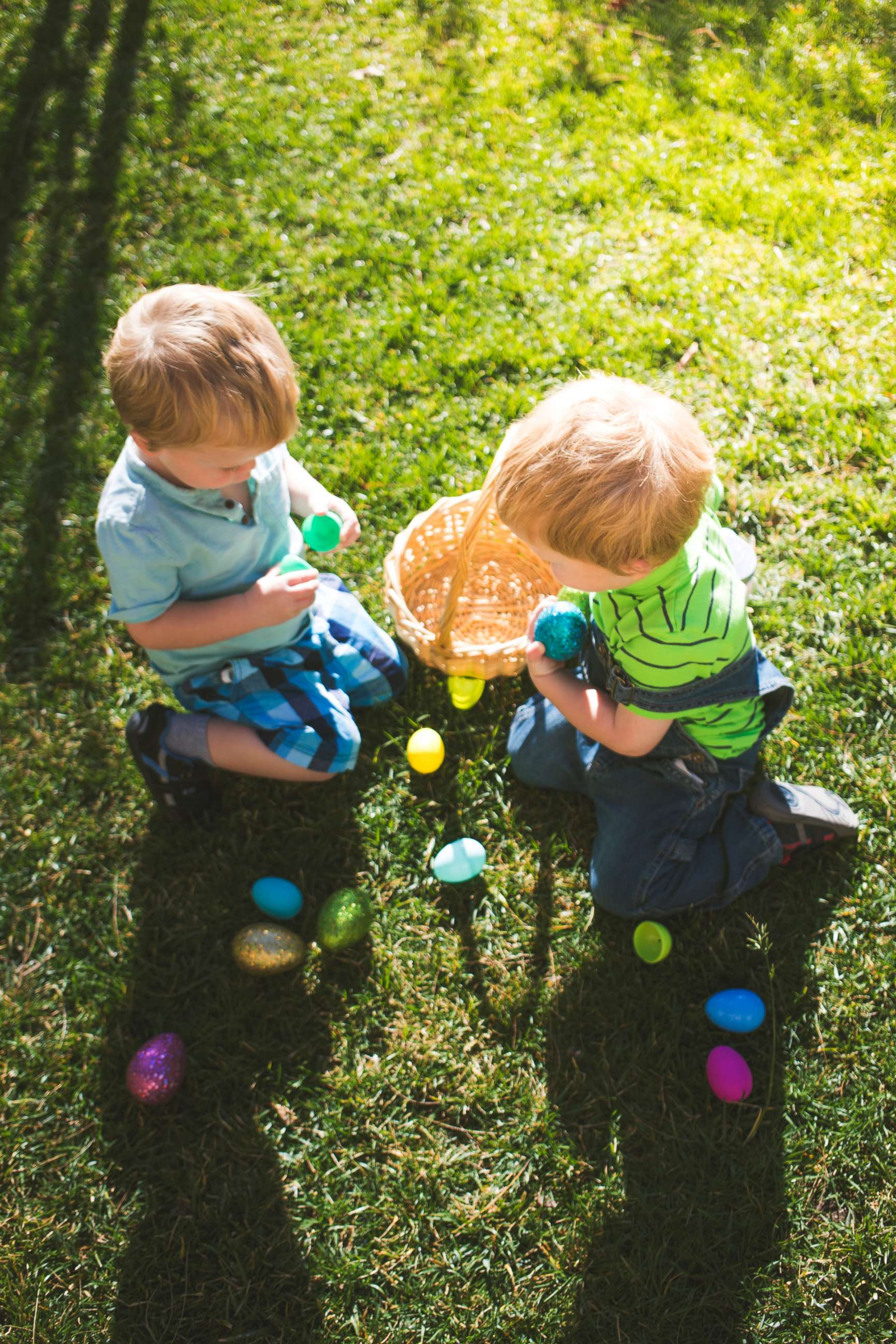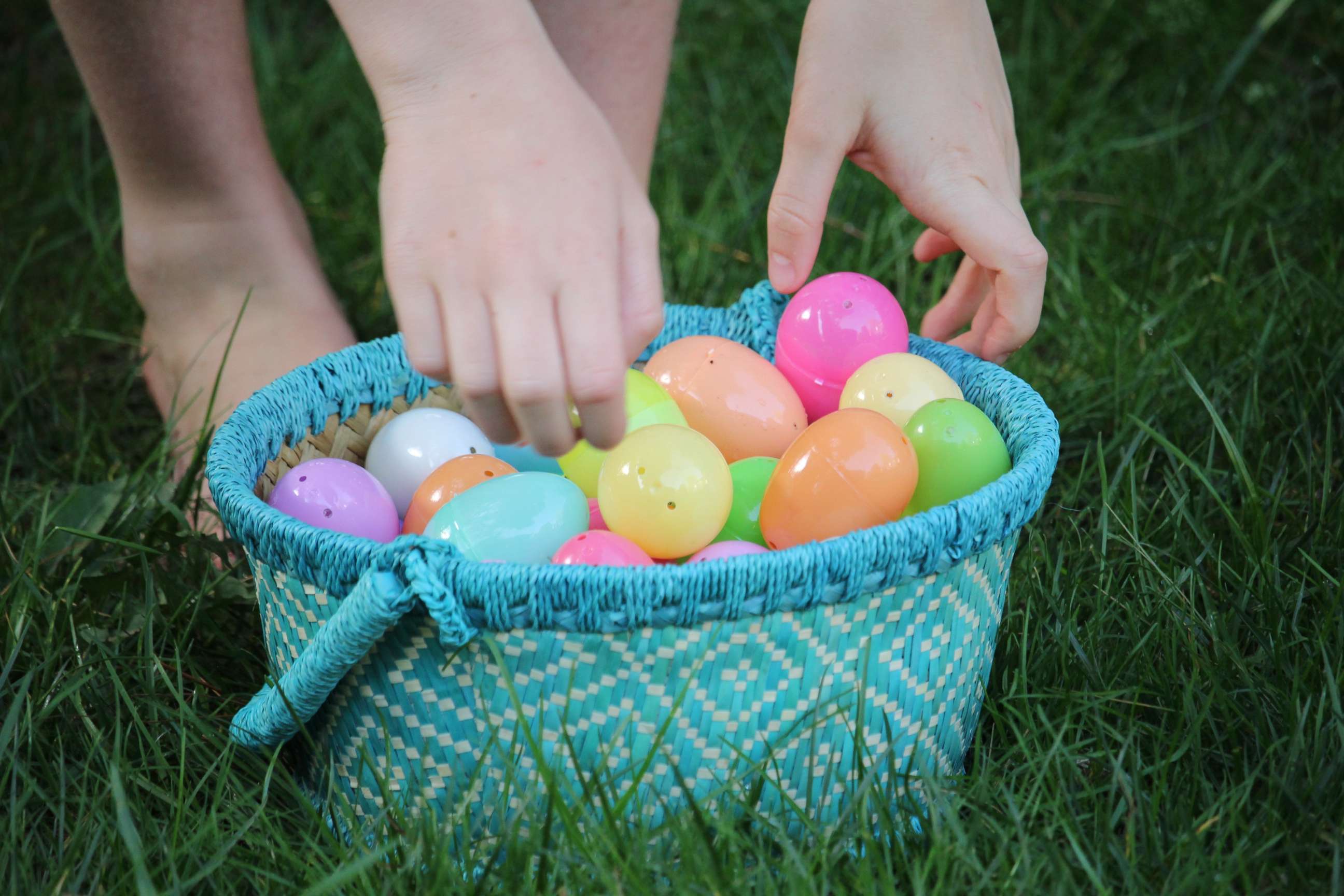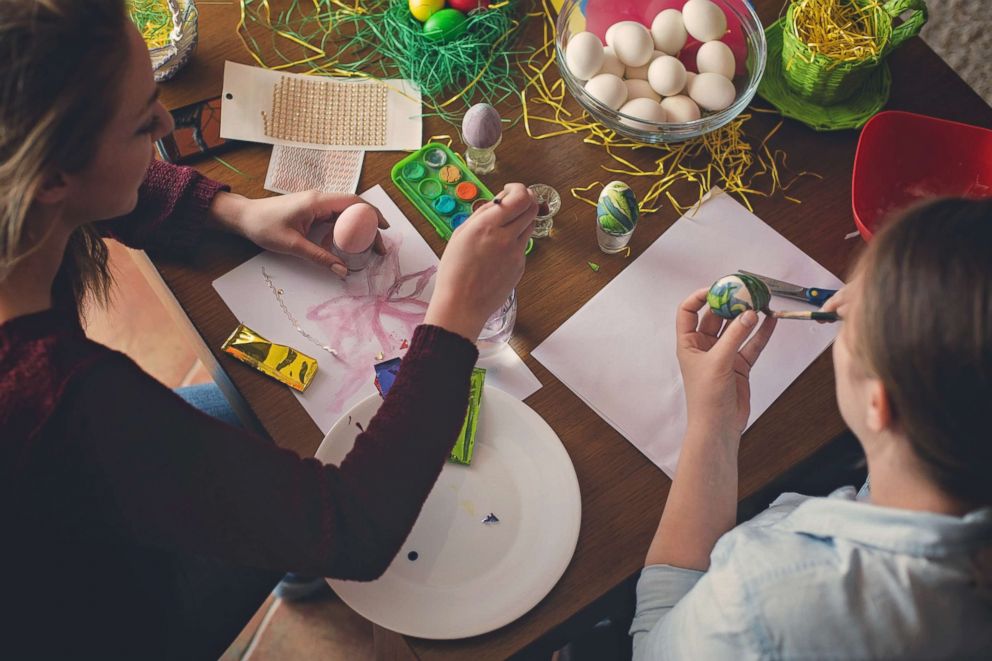Easter reality check: Here is how much sugar can be in kids' Easter baskets
Children should eat less than 25 grams of sugar per day, experts say.
Fair warning to parents.
From chocolate bunnies to peanut butter eggs and marshmallow chicks (oh my!), your child’s Easter basket could be full of the same amount of sugar that experts recommend kids eat over the course of several weeks.
“The really big chocolate bunnies alone, some can have close to 100 grams of sugar,” said Kristi King, senior pediatric dietitian at Texas Children's Hospital and a spokesperson for the Academy of Nutrition and Dietetics. "That’s four days' worth of sugar."

Children under the age of 2 should consume no added sugar, and children ages 2 to 18 should consume no more than 25 grams of added sugar per day, King said, citing widely accepted guidelines from organizations like the American Heart Association.
Among popular Easter candies, a one-fourth cup serving of jelly beans has 27 grams of sugar. Four miniature size candy bars have as much as 18 grams of sugar, while a single peanut butter egg contains eight grams of sugar, according to labeling on popular candy brands.

The good news for parents, according to King, is that parents do not have to panic over a holiday where chocolate and sweet treats are nearly as common as the Easter bunny itself.
"The first thing I always try to explain is that Easter is a holiday, it’s not a holi-week and not a holi-month," she said. "We want children to enjoy some, but they don’t need to overindulge."
Overindulging in sugar-laden treats can cause cavities in children in the short term and increase their risks for ailments like heart disease and type 2 diabetes later in life, according to King.
On the other hand, restricting sweet treats from children or treating them as forbidden, can set kids up for failure too.
"Research has shown that if we over-restrict what our children have access to, they tend to overeat those types of food when their parents are not around," King explained. "Parents should really be focused on managing their kids' good health now and establishing good habits."

In the Atlanta home of Dr. Jennifer Shu, a pediatrician and spokesperson for the American Pediatrics Association, candy leftover from Halloween still sits in open view and within access of her 7-year-old and 17-year-old children.
"By making it kind of more open, it doesn’t seem so exciting and new to them," said Shu, who co-wrote a book, "Food Fights," about kids and nutrition. "And they know that once they eat it all, there won’t be anymore."
What's a parent to do when it comes to celebrating Easter without putting your child into sugar overload?
Here are tips from Shu and King.
1. Consume candy in moderation.
The same rule that applies to nutrition in general, for both kids and adults, applies when it comes to candy, said both King and Shu.
"Everything in moderation," Shu said.
2. Make a plan before Easter Sunday.
In order to both enforce moderation and not spark a fight, tell your kids ahead of time they won't be able to eat all their candy in one sitting.
"Talk about the Easter bunny coming, that he's going to bring some treats and we’re going to have some but also save some for later," King advised. "Having your child involved in the conversation helps give them some ownership."

Planning ahead can also mean planning your family's meals to accommodate the extra doses of sugar on Easter, according to Shu.
"Be aware of the amounts [of sugar] they’re eating in relation to the rest of the week," she said. "If you know on Easter Sunday, you know they’re going to have chocolate, be cautious in the week before and after."
When planning ahead for more indulgent Easter treats, keep in mind that common foods have hidden sugar as well. Common foods that may be high in sugar include salad dressing, bread, yogurt, many fat-free foods and juices.
3. Remember, your kids are watching.
Parents can be the best role models for their children when it comes to learning how to enjoy treats without overindulging or feeling guilty, King noted.
"Modeling plays a huge role in child development," she explained. "If they see mom or dad sneaking off to eat chocolate, they may see that and think, 'I have to do that too.'"
4. Read nutrition labels..
"Be aware of servings and portions," Shu said. "Sometimes people overdo it because they don’t realize how fast the sugar grams add up."

To help manage portions, purchase candy that is individually wrapped and in individual serving sizes, recommends King.
5. Get creative.
Easter does not have to revolve around chocolate and other sweet treats, both King and Shu noted.

Instead of making a chocolate bunny the center of your child's Easter basket or filling plastic eggs with candy, try stickers, toys, books and art supplies instead.
Parents can also do a "trade in" with their kids, where they can trade in their candy for non-food treats instead.
"The main thing is that holidays don’t always have to involve sugary foods," Shu said. "Find other ways to celebrate. Make healthy foods together."
6. Get active.
Get out and go for a walk or a bicycle ride as a family, or play a game of soccer or tennis.
Focusing on an activity will both help burn off calories and serve as a distraction from focusing on eating alone, according to Shu.
"Arrange activities that kids can do for fun and not just all about eating as an activity," she said.
7. Don't keep sugar a secret.
Both King and Shu said it is better for parents to explain to kids -- at age-appropriate levels -- the details of sugar and why it's not a great idea for them to eat an unlimited amount.
"[My kids] know too much sugar is not good for them and they’re aware of how many servings is too much," Shu said.
For younger kids, parents can focus on the idea of enjoying things in small amounts and talking about healthy meals with protein, fruits and vegetables, King recommends.



